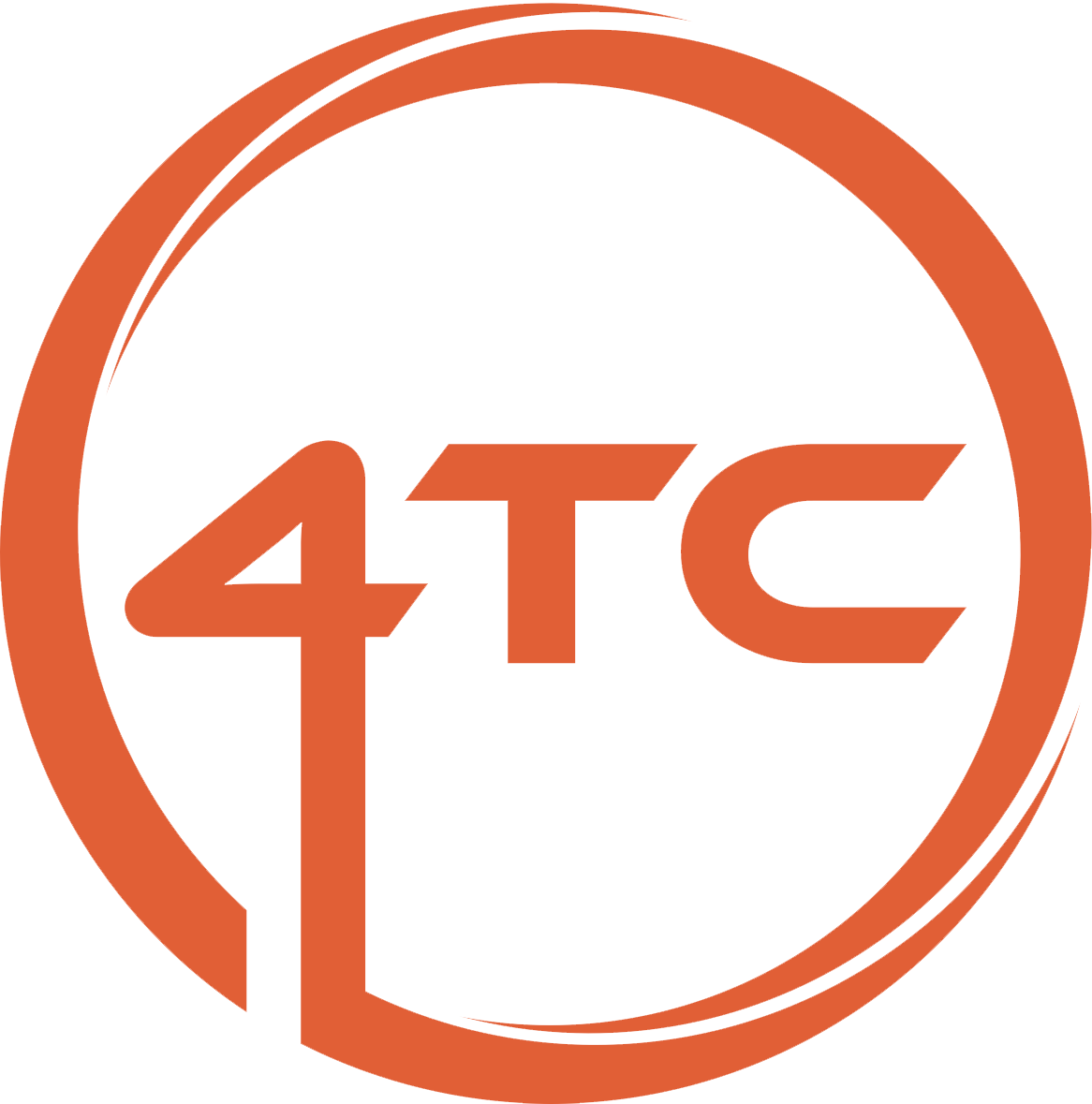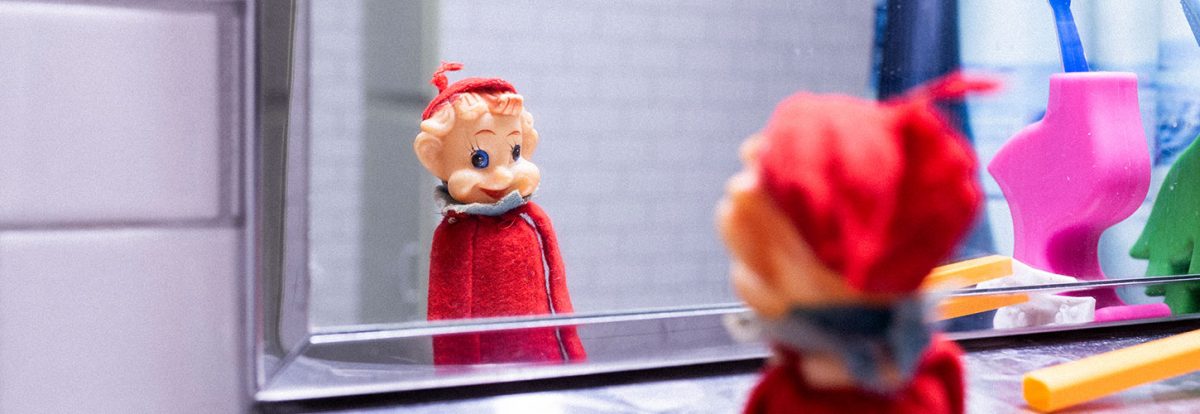Successful Communication Means Writing for Your Audience
“If you’re trying to persuade people to do something, or buy something, it seems to me you should use the language they use every day, the language in which they think. We try to write in the vernacular.” David Ogilvy, 23 June 1911 – 21 July 1999), advertising tycoon, founder of Ogilvy & Mather, and known as the “Father of Advertising”.
There are many variations on this quotation – appears no-one can really decide (or remember) what it was that David Ogilvy actually said about writing. What’s certain, however, is that he believed in talking to his audience on their level.
Here are a few pointers to getting it right:
You’ll sometimes hear people saying ‘why use four words, when one will do’, and we’d wholeheartedly agree – unless that one word is ‘footfall’, or ‘outputs’ or ‘aligned’.
Even better, hear the voice you want to use in your head, and write that. Write everyday conversation. Leave your parties of the first part to the lawyers. Don’t think that lots of big words give your topic weight or make it more important.
Very few things are actually fun – and new products or services aren’t on the list. Besides, who actually gushes to friends and family about how ‘fun’ a thing is – or, worse, how ‘fun’ they are?
Same with being super-something. Being super-something simply means you can’t think of a proper superlative to describe how something you are.
There may be a million different reasons for people to do the thing you want them to do, or buy the thing that you want them to buy. But you can’t list them all – so pick the two or three that will most suit your audience, and that are the most easily explained, in common language.
Just because something is important to you, doesn’t make it important to everyone else.
Authenticity is not best delivered by half-a-dozen people working on a story, and it will be obvious. Discuss it beforehand. Agree purpose, direction and parameters – then let one person get on with creating the content.
Plain language is a discipline, forcing you to evaluate the way you communicate. Sometimes jargon and techspeak is an easier way to go than spending the time translating it into plain language that people will understand. And plain language does not devalue the product or concept that it is describing – if anything, it clears its path.
By which, obviously, we mean run it past someone who’s not been involved with the product, concept or project that you’re building a story around. Someone who doesn’t share your localised language, your buzzwords, your jargon, your shorthand. See if they understand what you’re saying – if they do, you’ve succeeded, if they need explanation – then it’s back to the drawing board
Writing in the vernacular actually isn’t that difficult. It just takes a bit of a shift in thinking and a little bit of practice.
We can help you with both things – and we’d be happy to talk to you about it.








